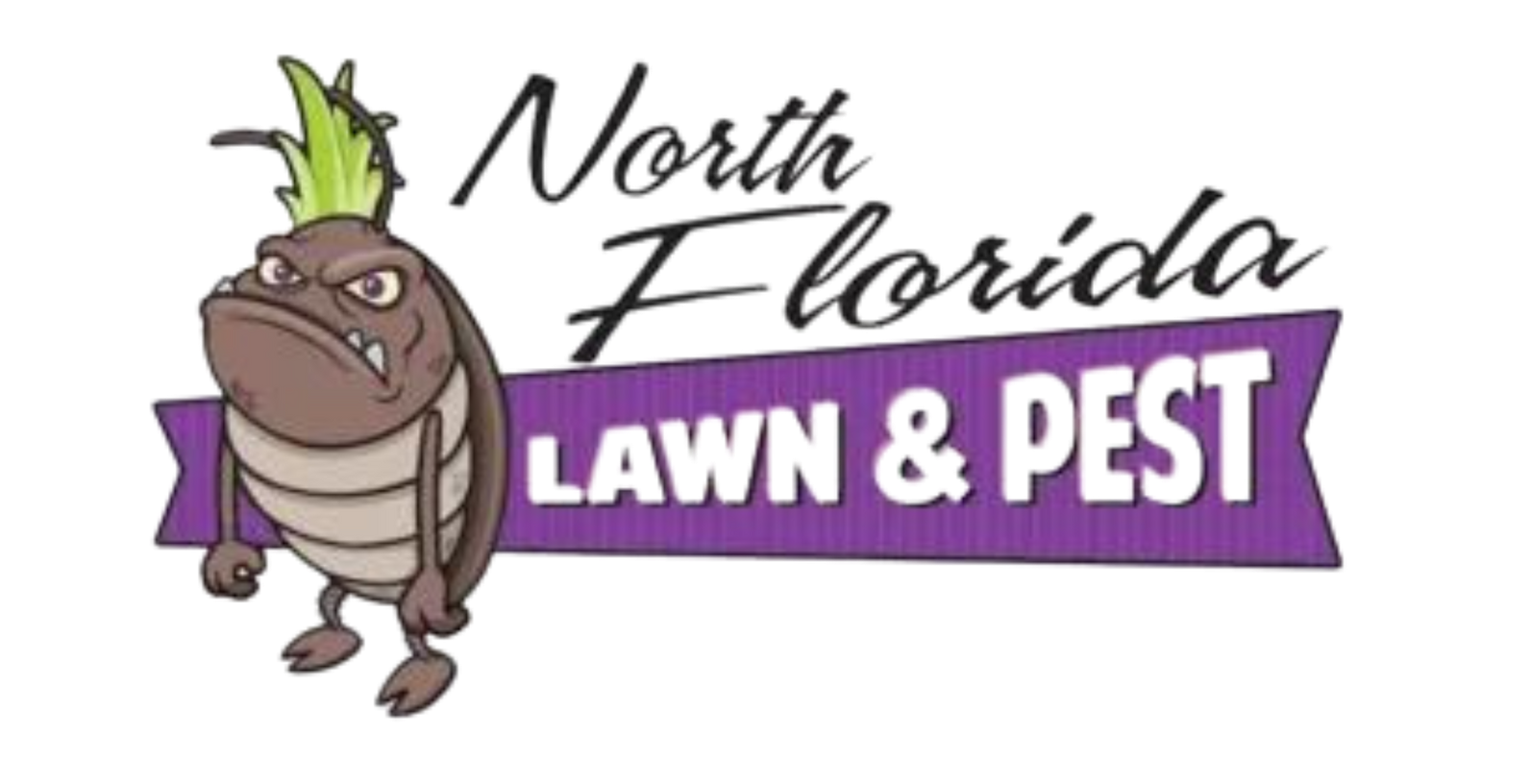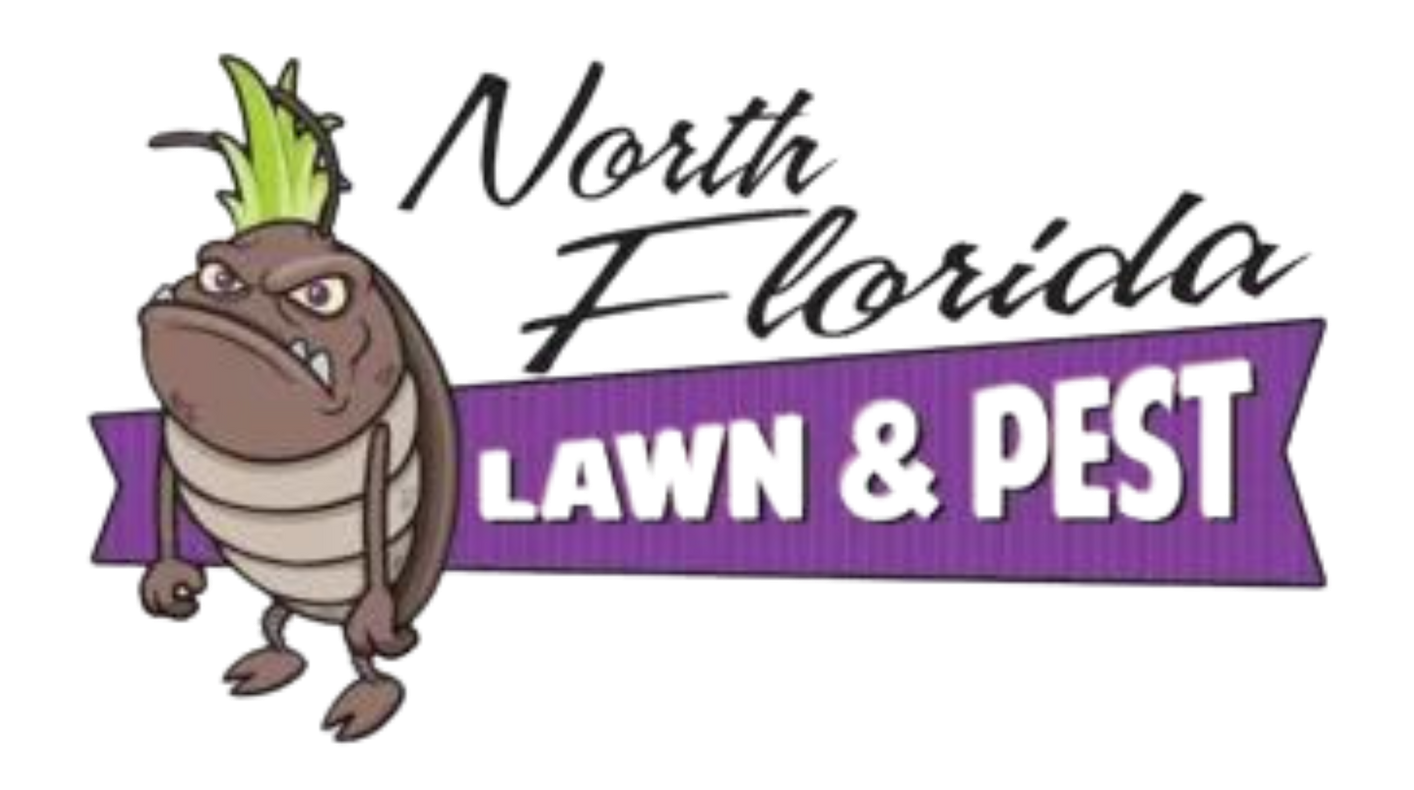What Is The Difference Between Carpenter Ants and Termites?
Carpenter Ants & Termites: What You Need to Know
Carpenter ants and termites may both cause significant wood damage, but they are two very different pests. Knowing how to tell them apart is essential for taking the right steps to manage an infestation. Their appearance, behavior, and the way they affect your home all differ, so identifying which one you’re dealing with is crucial. If you’re not sure whether carpenter ants or termites are the issue, contacting a pest control company early on can prevent costly damage to your property. Let’s explore some key differences between these two wood-destroying insects.
Spotting the Differences: Carpenter Ants vs. Termites
While both pests are similar in their six-legged structure, several distinct traits can help you quickly tell them apart:

Body Shape and Size
Carpenter ants and termites have noticeably different body shapes. Carpenter ants feature narrow waists, dividing their bodies into three distinct segments, while termites have more uniform, thicker bodies with just two segments. Additionally, carpenter ants tend to be larger than termites, making size another factor in distinguishing them.
Antennae Shape
Antennae offer another clue. Carpenter ants have bent, elbow-like antennae that angle outward and then forward, whereas termites sport straight, bead-like antennae that point downward.
Wing Structure
If you come across winged versions of either insect, you’ll notice a stark contrast in their wings. Carpenter ants have two sets of wings, with the front wings larger than the back. Termites, on the other hand, have four equally sized wings, which creates a more symmetrical appearance.
Color Differences
Carpenter ants are generally darker in color, ranging from black to brown or even red, depending on the species. In contrast, termites can be much lighter, with some having a translucent, pale cream or white color, depending on their role in the colony.
By paying attention to these visual differences, you can better identify whether you’re dealing with carpenter ants or termites. Understanding these distinctions will help you take the right course of action to protect your home from serious damage. If you’re still unsure, reach out to Fleming Island Pest Control By NFLP for expert advice and effective solutions tailored to your needs.
How Carpenter Ants and Termites Behave Differently
While both carpenter ants and termites are attracted to wood, their behavior toward it is what sets them apart, and often leads to confusion for homeowners. Understanding these differences can help you determine which pest is causing problems and how to deal with them effectively.
Termites: Wood-Eaters
Termites pose a much greater threat because they actually consume wood. For termites, wood serves as their primary food source. They’ll chew through wooden structures like beams, flooring, and even walls, leading to severe structural damage if left untreated. One telltale sign of termites is what appears to be water damage—like sagging floors or ceilings—without any obvious source of water. This is a red flag that termites may be silently eating away at the wood inside your home.

Carpenter Ants: Nesting in Wood
Carpenter ants, in contrast, do not eat wood. Instead, they burrow into it to build their nests. This still causes damage, but it’s far less severe than the destruction caused by termites. Unlike termites, carpenter ants will venture out of their nests to look for food, which is why they’re often found in kitchens or pantries. The wood is used as shelter for their colonies, but it’s not a food source.
Detection Differences
Carpenter ants are generally easier to detect because they tend to leave their nests to search for food. A common sign of a carpenter ant infestation is the presence of frass, a sawdust-like material left behind as they burrow into wood. Termites, on the other hand, are much more secretive. They usually stay hidden inside the wood they’re consuming, making them harder to spot. This behavior, combined with their ability to destroy wood from the inside out, makes termites a far greater risk to your home’s structure.
In summary, while both pests can cause damage, termites are a more serious threat because they actually eat wood, leading to significant and often unseen structural damage. Carpenter ants, on the other hand, primarily nest in wood, which causes less harm in comparison. Recognizing the difference between these two pests can help you take appropriate action. If you're concerned about either pest, contacting Fleming Island Pest Control By NFLP can help protect your home from costly damage.
How to Spot an Infestation: Carpenter Ants vs. Termites
Recognizing whether you have carpenter ants or termites in your home can be challenging, but knowing the differences between the two is crucial. Both pests can cause damage if not dealt with promptly, so let’s look at how to distinguish between them.
Sawdust and Frass
One of the key signs of a carpenter ant infestation is the presence of frass, a material that resembles fine sawdust. Carpenter ants push this waste out of the tunnels they burrow into wood, leaving small piles near entry points. If you notice these sawdust-like piles, it's likely you’re dealing with carpenter ants. Termites, on the other hand, don’t leave behind frass because they consume the wood entirely. This makes the absence of wood shavings a good clue that termites might be at work.
Mud Tunnels
Termites are known for constructing mud tunnels, which provide safe passage as they search for food. These small tubes are often found along the exterior foundation or near wooden structures. If you spot these tunnels, it's a strong sign of termite activity. Carpenter ants do not build mud tunnels, so finding these structures typically indicates a termite infestation.
Wood Damage
The way wood is damaged can also provide valuable insight. Termites consume wood, hollowing it out from the inside and leaving behind fragile, crumbling wood that can collapse under pressure. In contrast, carpenter ants burrow into wood to create smooth tunnels but don’t actually eat the wood. If you come across wood that seems chewed or contains sculpted tunnels, you’re more likely dealing with carpenter ants, whereas termite-damaged wood often feels weak and brittle.
Managing Carpenter Ants and Termites
Whether you're dealing with carpenter ants or termites, it’s essential to contact a pest control expert right away. Termites are particularly destructive, as they can cause significant structural damage, sometimes requiring repairs that delay remodeling or construction projects.
While carpenter ants typically do less damage than termites, their tunneling can still weaken wood over time. Left untreated, their colonies can grow, causing further issues and even potential health risks. It’s best to address any infestation early to avoid larger problems down the line.
If you're in Fleming Island, FL, and suspect an infestation, Fleming Island Pest Control By NFLP can help. Our experienced team is ready to eliminate pests and protect your home from further damage. Be sure to check out our FAQs for more tips on dealing with household pests!
Copyright © 2024 - Fleming Island Pest Control by NFLP All Rights Reserved


